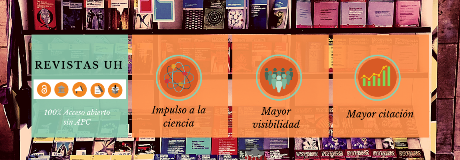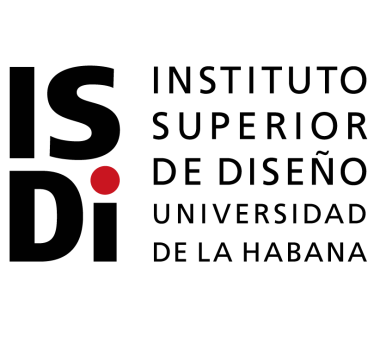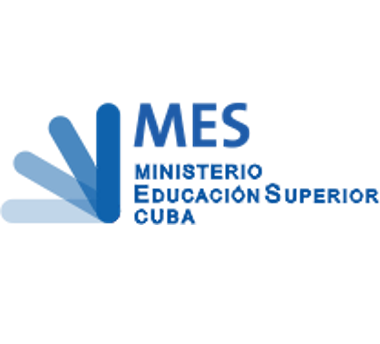The material we are made of - Understanding to create.
##plugins.themes.bootstrap3.article.main##
Abstract
Ceramics have been linked to the history of humanity since ancient times. The oldest known remains are those of a bowl found in the caves of Xianredong, Jiangxi province, China, dating from about 20 million years ago. We are talking here that our ancestors already developed production of pottery in the Upper Palaeolithic. This can be considered as one of the first technological revolutions of humanity given that ?in addition to funerary containers, amulets and female deities 31 thousand years old?, the working of clay helped to provide necessary and efficient utensils to transport, preserve and distribute water and food (also cook the latter). Not to mention the importance of ceramic material in construction, in all scales, uses and times. The relationship between ceramics and humanity even permeates several mythologies about creation through the intervention of gods, who shaped the first human beings from clay or used processes analogous to those of pottery (see the Genesis of the Judeo-Christian Bible, or the myths of Babylon and Sumer, or in the text of the Popol Vuh, of the Quiché of pre-Columbian Guatemala).
This gives the ceramic material and its elaboration techniques a halo of proximity to the primordial human that cannot be found in the most recent and increasingly far from any natural origin materials that have superseded the intensive use of ceramics at an industrial production level, such as plastics or fiberglass. Just think of a majority of the utensils that have to do directly with the intimacy of our physical dimension: the plates from which we take our food; the glasses and cups from which we drink; the bathtub, the bidet or even the toilet where we rest the body, the sink where we sanitize parts of it. We normally accept all of this as made of ceramic and that's enough; any other material would seem ?strange? to us. This aura or 'proximity halo' (or intimacy, almost genealogical and of certain symbolic power) is one of the strengths we can count on from the very moment we decide to work with clay, as unitary or massive production.
Another strength of the material derives from its relatively high and extremely personalized ?from a geographical point of view? availability, which makes it possible, either its direct extraction by the one who desire to apply its ?will to shape? on it (and thus getting a significant reduction in production costs), either the exploitation of the unique characteristics derived from the soil components of the extraction locality. The latter, in particular, is the fundamental reason why ceramic designers must understand in depth the structural qualities of the material they deal with and the physical-chemical processes that take place during the production process, so as not only to achieve optimum result but to introduce innovations in its field of application. The 3D printers using clay instead of PLA filament and the experiments in the field of architecture with giant 3D printers construction-oriented take even further this need for the involvement of the professional, the designer, the craftsman, the artist, the maker in short, with the ceramic material, in order to deal with the intermediary software provided with sufficient knowledge and security.
Without this vision, without this drive to understand in depth the material being worked on ?to understand its limits and possibilities down to molecular levels, if you will?, it would be unthinkable the manufacture of large-format porcelain stoneware, in slabs reaching 118 x 59 inches, or technical porcelain tiles, highly resistant to bending, just to mention two examples of industrial production for the construction market. This without excusing a bit those who work unique pieces on the throwing wheel at their own studio, or those who venture into formal experiments before the interface of a 3D graphics program, in the stages prior to materializing the object.
Despite the current commercial panorama, occupied mainly by the novelty of synthetic materials and computerized gadgets, the designer who wishes to enter the world of ceramics faces, today, a great diversity of application spaces for the already acquired knowledge, as well as a wide variety of technological resources, from the control of materials in industrial establishments to autonomous artistic creation, from construction-oriented design to the medical design of bone prostheses. Or research in fields ranging from thermal shields for aerospace industry to materials interaction in high-end portable technology (such as ceramic nanocrystals in the Apple iPhone ?Ceramic Shield?).
But the fundamental remains still the knowledge of the material, our intimacy with it, our understanding of it: this clay that shapes us, this fire that consumes us, all of which will end up constituting, in turn, the material of our knowledge, thus closing a circle that has opened a long, long time ago. And which keeps spinning. Like the Earth itself.
##plugins.themes.bootstrap3.article.details##

This work is licensed under a Creative Commons Attribution-NonCommercial-ShareAlike 4.0 International License.
- Attribution — You must give appropriate credit , provide a link to the license, and indicate if changes were made . You may do so in any reasonable manner, but not in any way that suggests the licensor endorses you or your use.
- NonCommercial — You may not use the material for commercial purposes .
- No additional restrictions — You may not apply legal terms or technological measures that legally restrict others from doing anything the license permits.




















